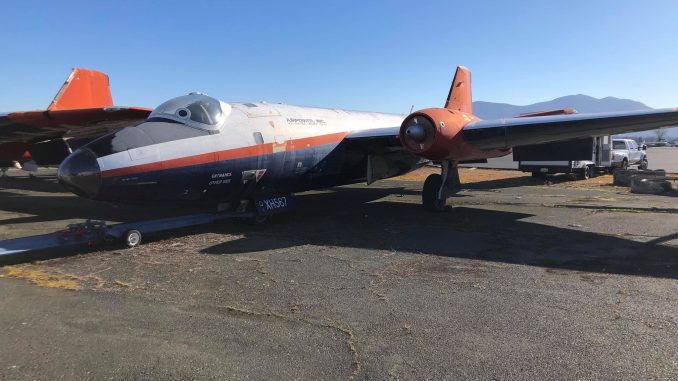
by Phil Buckley and John Fisher
In Lakeport, California an English Electric Canberra B.6 is under restoration to fly following a long period of storage. Won at auction in late 2020, an enthusiastic team of owners and volunteers is working on the aircraft, and they have made significant progress in their endeavors which they hope will see this legendary bomber take to the skies again in mid-to-late 2022.
Airframe History
English Electric Co, Ltd manufactured Canberra B.6 XH567 (c/n 71398) at their plant in Preston, Lancashire in 1955. The B.6 variant was similar externally to the previous B.5, but with the most visible difference being a foot-long fuselage extension. English Electric built 57 examples of the B.6, while Short & Harland Ltd. constructed a further 49 under license (with 12 being for export) at their plant in Belfast, Northern Ireland. Two Rolls-Royce Avon 109 jet engines power the aircraft. XH567 was one of four B.6’s constructed against a British Government contract. Following its completion, Britain’s Air Ministry took charge of XH567. After acceptance trials, the aircraft became part of the Royal Aircraft Establishment’s (RAE) fleet, which was responsible for aircraft testing and development in the UK. Between 1956 and 1957, the Canberra took part in trials work with the Air Torpedo Development Unit (ATDU) at Gosport in Hampshire, England. In 1961, XH567 moved to the Radar Research Establishment in Pershore, Worcestershire for further flight research endeavors. The aircraft also spent time with the legendary Aircraft and Armament Evaluation Establishment at Boscombe Down, near Salisbury. Interestingly, the Canberra took part in the development of the Sideways Looking Airborne Radar (SLAR) for the revolutionary English Electric TSR.2 strike bomber program, an aircraft that was sadly canceled before series production began. By 1976, XH567 had moved on to RAE Bedford, continuing her trials work, in various capacities, until 1995.
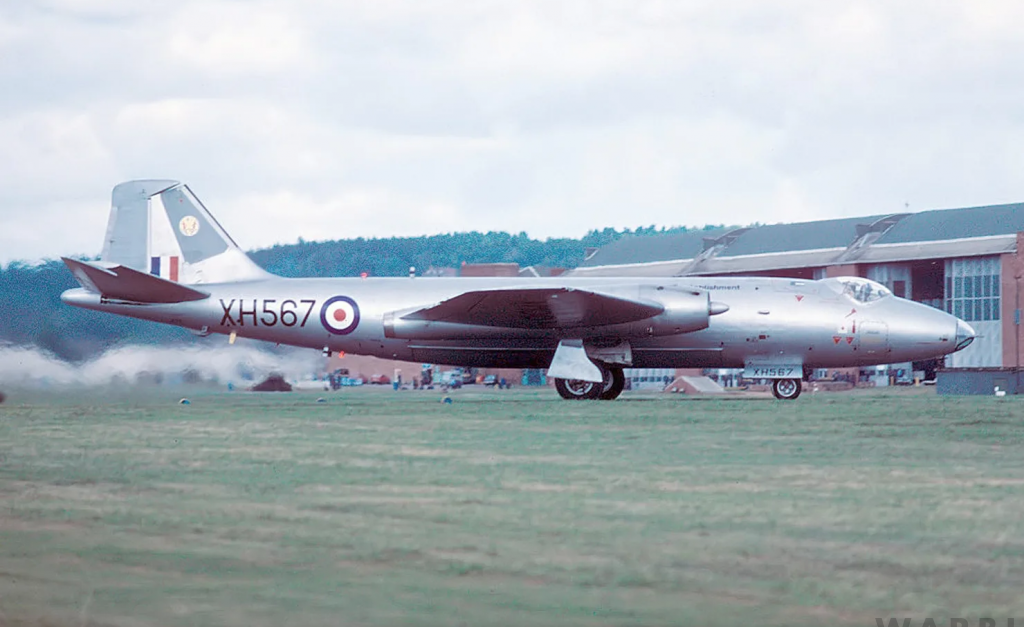
In 1997, the British Ministry of Defence (MoD) put the aircraft up for sale, with the bomber finding a new home in the United States; XH567 joined the U.S. civil registry as N40UP. Delta Jets prepared the aircraft for her transatlantic flight at their facility in Kemble, Gloucestershire. The company had performed similar work for another Canberra destined for the USA, this being B(I)8 WT327. In the States, N40UP flew with Air Power Inc from Lakeport, California between 1998 and 2005. In September 2005, High Altitude Mapping Missions Inc. of Spokane, Washington purchased the aircraft. The company leased their Canberras for high altitude commercial, government, and scientific missions above 50,000 feet. But after her test flying days ended, N40UP sat idle on the ground for the following decade or so. Interestingly, she still carries her red, white, and blue livery – the so-called “Raspberry Ripple” due to its similarity to a similarly streaked British ice cream treat – from her days with the DRE in Britain.
But her flying days are not done. The latest chapter in the Canberra’s life began on November 3, 2020, when Californian warbird enthusiast, John Fisher purchased the Canberra via online auction. Now dubbed the CanberraUSA project, John and his team have put together a solid plan to prepare the aircraft for its return to flight, based out of California City Airport.
The Restoration Plan
In early 2021, the restoration team mapped out a pathway to bring the tired bomber back to life again. She will earn her living now as a civilian warbird, rather than in trials work. John Fisher noted that “We have located the person who has the original logbooks and FAA inspection program for our Canberra,” and are actively negotiating to reunite them with the aircraft. The Canberra’s resurrection program is proceeding through the following stages:
- Airframe inspection.
- Power on and electrical system checks.
- Engine inspections and starts.
- Hydraulic and fuel systems inspection and operational checks.
- Flight control inspections and checks.
- Brake inspection and testing.
- Taxi trials.
- Tire change and gear swings tests.
- High-Speed taxi trials.
- Test/Certify Pitot Static system
In March 2021, John and his team traveled the seven hours by road from their home to Lakeport, where the aircraft is stored currently. “On initial inspection,” Fisher noted, “the team assessed for areas that pose problems for flight. They found a couple of areas that will require further inspections, but nothing that is expected to stop them from flying the aircraft. The next step was application power and checked the electrical systems out and everything appears to be working properly.” The team then moved on to checking and cleaning the Rolls-Royce Avons in preparation for an engine start, and soon after, they were ready to make the attempt.
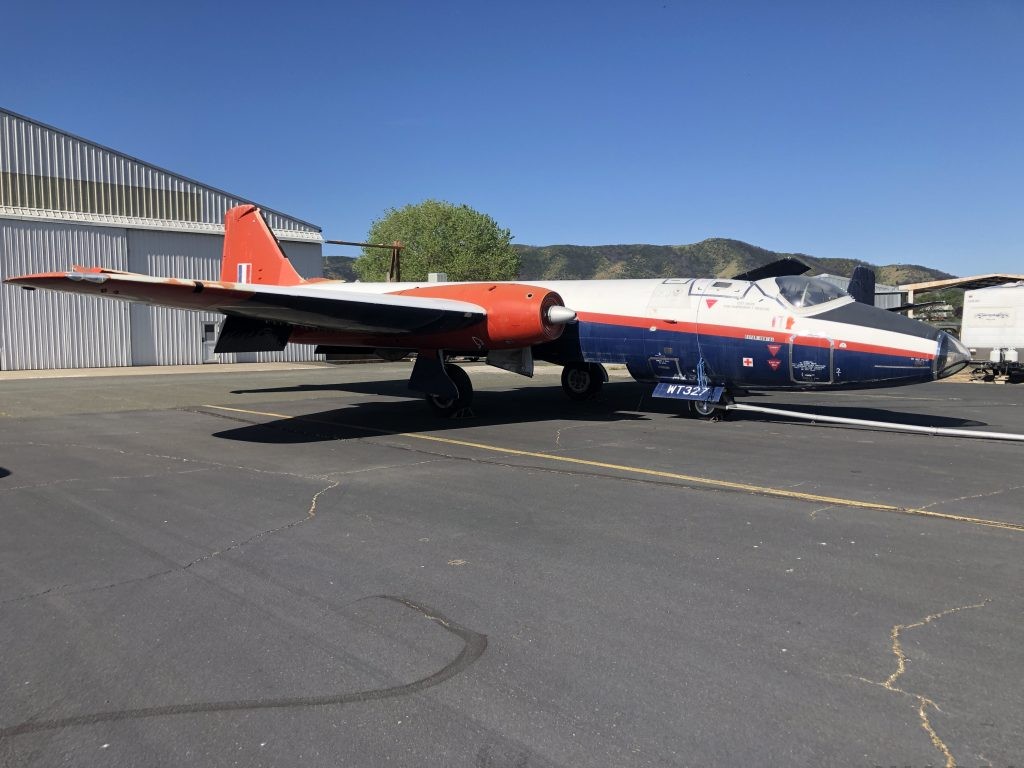
Regarding this effort, John remarked, “First we tried to start the left engine. We had good ignition clicking sounds, pressed the start button, selected cartridge, the engine spun, some smoke but no start! We did get a hydraulic leak In the fuselage. We fixed the leak and proceeded for the second attempt but were met with the same outcome. We then moved on to the right engine, experiencing the same results.” John then explained the next step; “The team decided to take a break and reassess the starting procedure. They came up with a new plan before the next start. Now back to the left engine, ignition, start, select cart, engine spins, black smoke, engine starts, but not spooling and pilot shuts down. Stop reassess, and then move to the right engine and the same thing occurs. After about a 20 min discussion, the team put together a new start procedure and attempted another start. Get ignition, press start button, select cartridge, the engine spins up, black smoke, and the engine starts and spools normally. Conduct about 3 min run to check cockpit instruments and then shut down. Conduct after engine run checked of the engine and find small fuel leak.”
Fisher continued, “Then on to the right engine and attempted a start. We got an ignition, press start, select cartridge, engine spins, black smoke, and engine spools with a normal start! We ran it for about three minutes and shut down. The only problem in the cockpit, the generator did not come online. We conducted an after-engine run check of the engine and found no other problems.”
The day after the engine tests, the team sorted out some other minor issues and then prepared the aircraft for the coming winter weather and their next visit. John and his team accomplished more than expected over the scheduled maintenance days as he noted: “We planned for April some more works and aimed to spend 5 days of working on the plane. We worked on hydraulics systems – emergency and normal – and in doing so we found a leak at a hard line fitting. Our team cut a piece out and repaired the line. We got a good test result but then had a flex line fail. We again fixed that line and ran up the engines to see if we had a normal hydraulic system working. We were unable to get hydraulic pressure during engine runs. We consulted the manual and then decided to attempt to bleed the system. After bleeding the system, hydraulic systems checked normal. After checking the wood in the vertical stabilizer, it was determined it would need more in-depth repairs. We decided that we will be removing the vertical stab to complete these repairs. While checking the flight controls they were found to be locked. After disconnecting the flight controls at the pressure bulkhead, it was determined the problem is at the pressure bulkhead. We will continue to work out the problem on our next maintenance day. Once the flight controls are repaired and working properly, we will ensure the brake system is working properly. Then comes an exciting stage as we begin slow speed taxi test, and high power engine runs at the airport.”
John continued describing their plans, saying: “The team has picked up aircraft jacks at an auction and we will use these to conduct gear swing/retraction test as part of the return to flight process. If everything checks out, we will try slow speed taxi test (move the aircraft to see if leaks appear in the fuel or hyd systems. Try a gear swing to make sure we can raise and lower the gear safely on the ferry flight. Also, try high power engine runs to make sure the engine is producing power and there are no other problems, in preparation for the ferry flight. We also have moved the Canberra from its current position to a new location on the airport to allow us to do further works.”
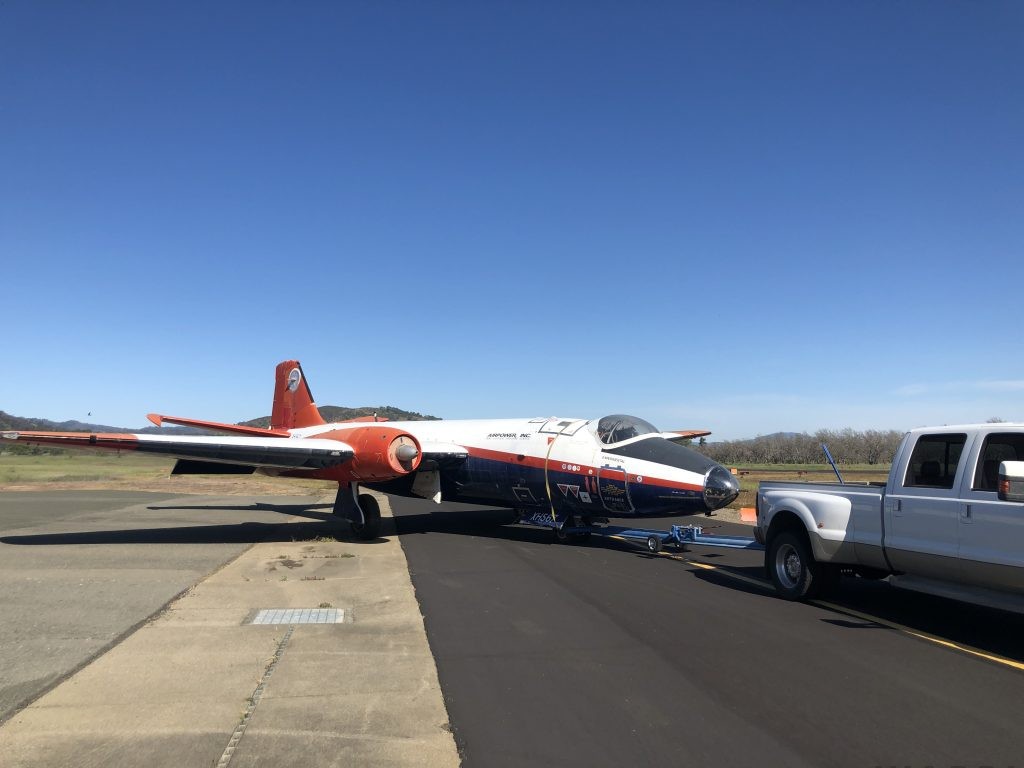
Long Term Plans
Canberra USA chief of maintenance, Fred Bourdias, of Swift Air International, has determined that there needs to be a change in the plans from a ferry flight to full recertification. With Fred’s help, Canberra USA has covered many of their goals in a short timeframe. Fred believes recertification will be easier than preparing for a ferry flight. Once airworthy, Canberra USA will continue working on the Canberra’s in-depth restoration. John Fisher added a further detail, noting: “We recently became aware of a requirement to NDI the wing spar, wing mount, and other items on the Canberra. And are currently searching for someone to complete these inspections. The logistics and cost of this inspection will move our first flight out until at least July/August of next year. We will continue inspections and restoration of the aircraft and in preparation for our first flight. The goal is to have the aircraft ready for the first flight after completing the NDI testing.”
While not much work on the aircraft has taken place recently, the Canberra USA team has performed a lot of behind-the-scenes research and coordination work, as Fisher explained: “We have recently been contacted about a donation of a large spare parts inventory. We have picked up the parts and working on completing an inventory of the parts and permanent transfer to Canberra USA. We have selected a pilot, for the first post-restoration flight and are currently in talks with this pilot. The pilot selected has Canberra experience as well as other current military jet aircraft time.”
Fisher also noted: “We have been in contact with noted aviation artist and aircraft mechanic Art Sordia, who is designing a logo for this project. Art came up and helped work on the aircraft during our last maintenance days. The Canberra USA project has been in contact with the other organizations restoring Canberra aircraft to fly. We would like to congratulate Temora Aviation Museum on the recent flight of their restored Canberra. We have also talked with Vulcan to the Sky and wish them the best with the restoration of their Canberra Aircraft.”
Furthermore, Canberra USA is continuing to work on creating a non-profit organization that will manage the Canberra’s future operation and maintenance. Fisher and his team believe that this is the best way to ensure continuity of operations far into the future. CanberraUSA can be followed on Facebook at Canberra USA.
Related Articles
Born in Milan, Italy, Moreno moved to the U.S. in 1999 to pursue a career as a commercial pilot. His aviation passion began early, inspired by his uncle, an F-104 Starfighter Crew Chief, and his father, a military traffic controller. Childhood adventures included camping outside military bases and watching planes at Aeroporto Linate. In 1999, he relocated to Atlanta, Georgia, to obtain his commercial pilot license, a move that became permanent. With 24 years in the U.S., he now flies full-time for a Part 91 business aviation company in Atlanta. He is actively involved with the Commemorative Air Force, the D-Day Squadron, and other aviation organizations. He enjoys life with his supportive wife and three wonderful children.

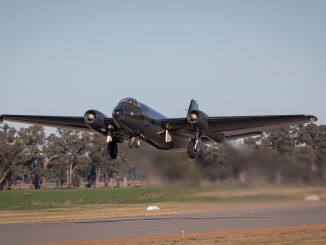
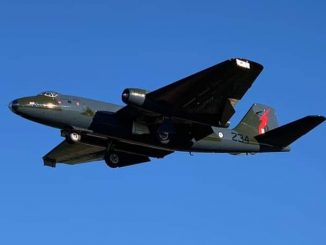
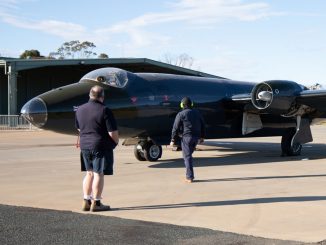
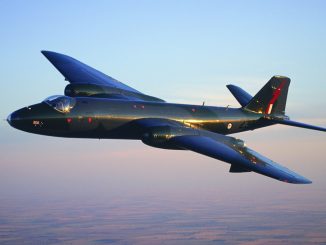
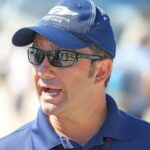
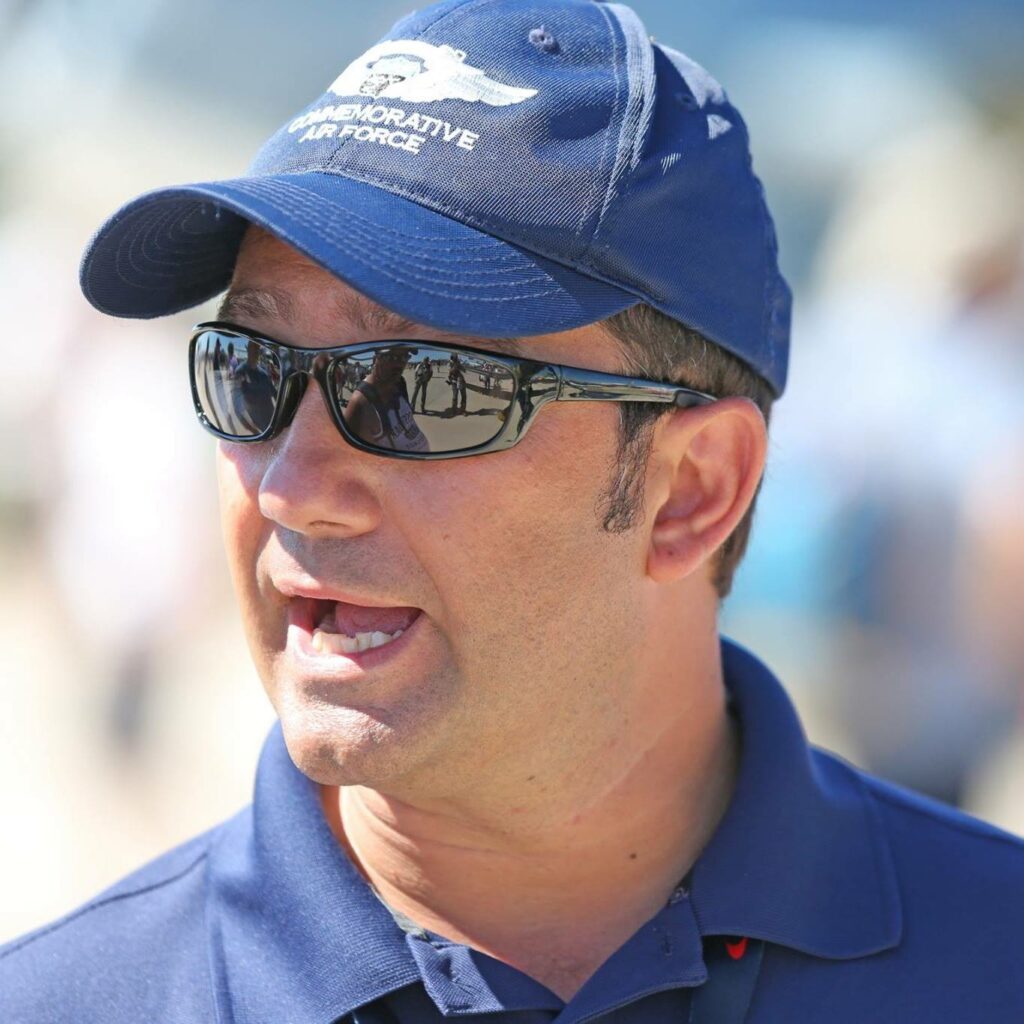
Be the first to comment
Graphic Design, Branding and Aviation Art